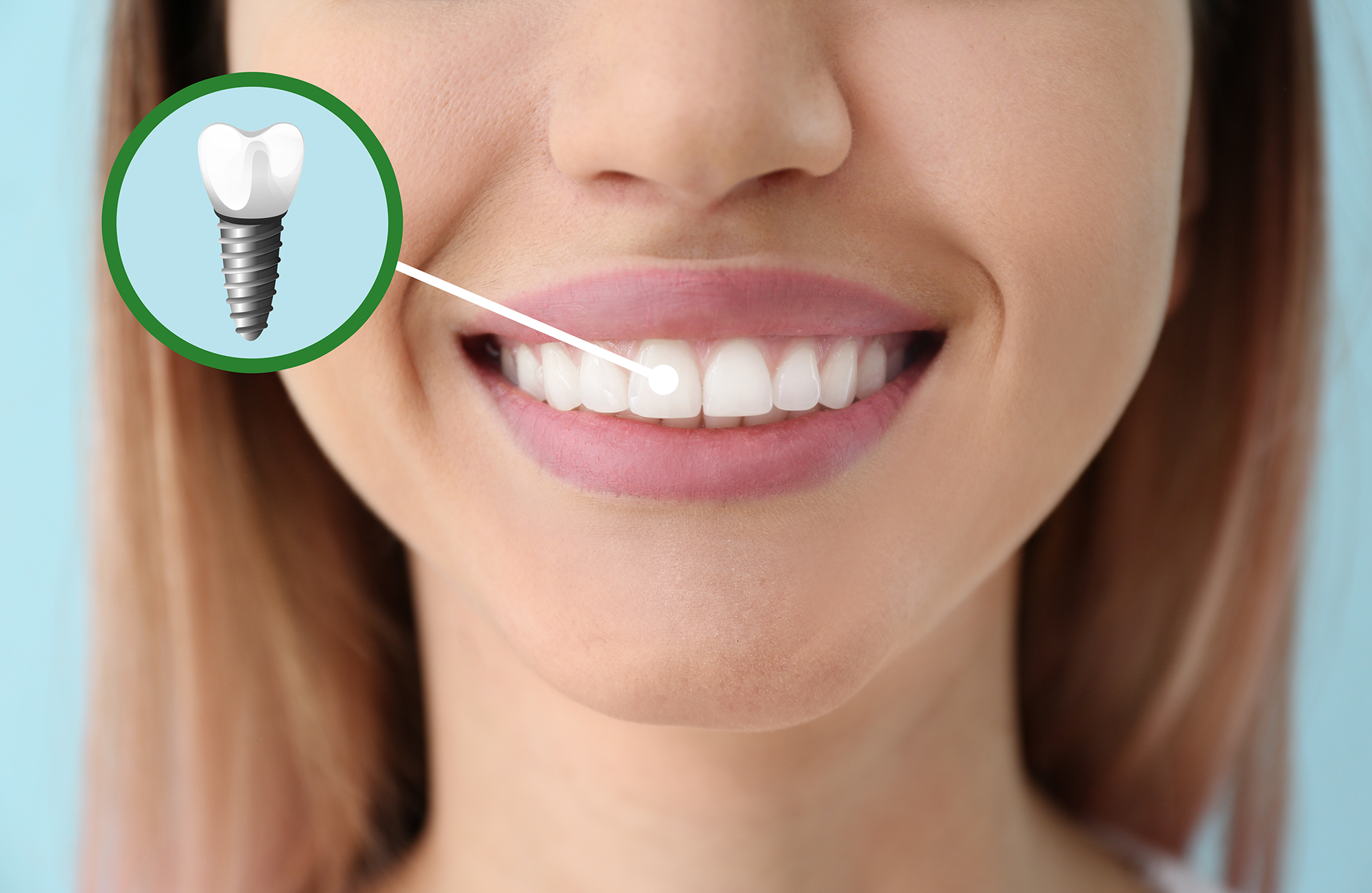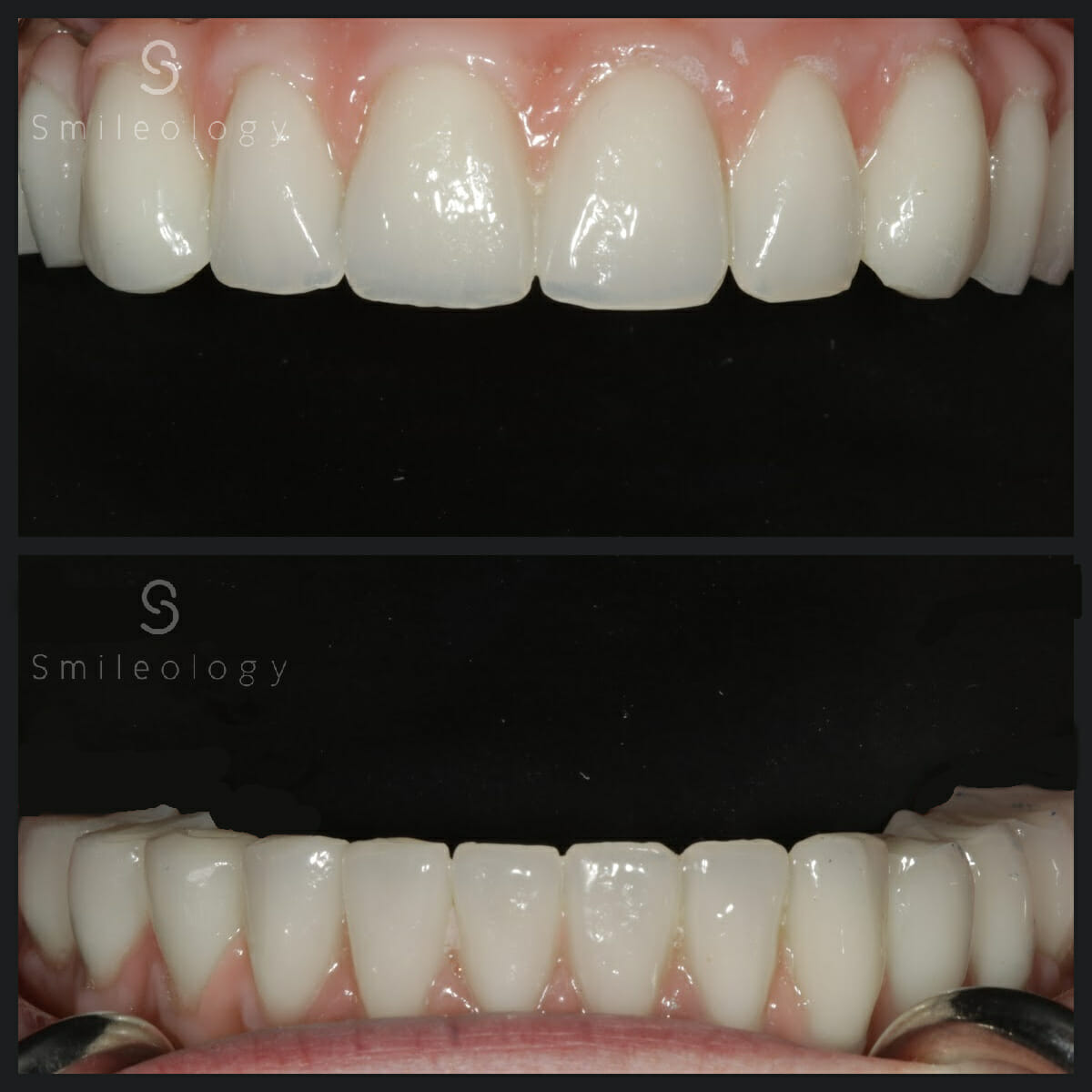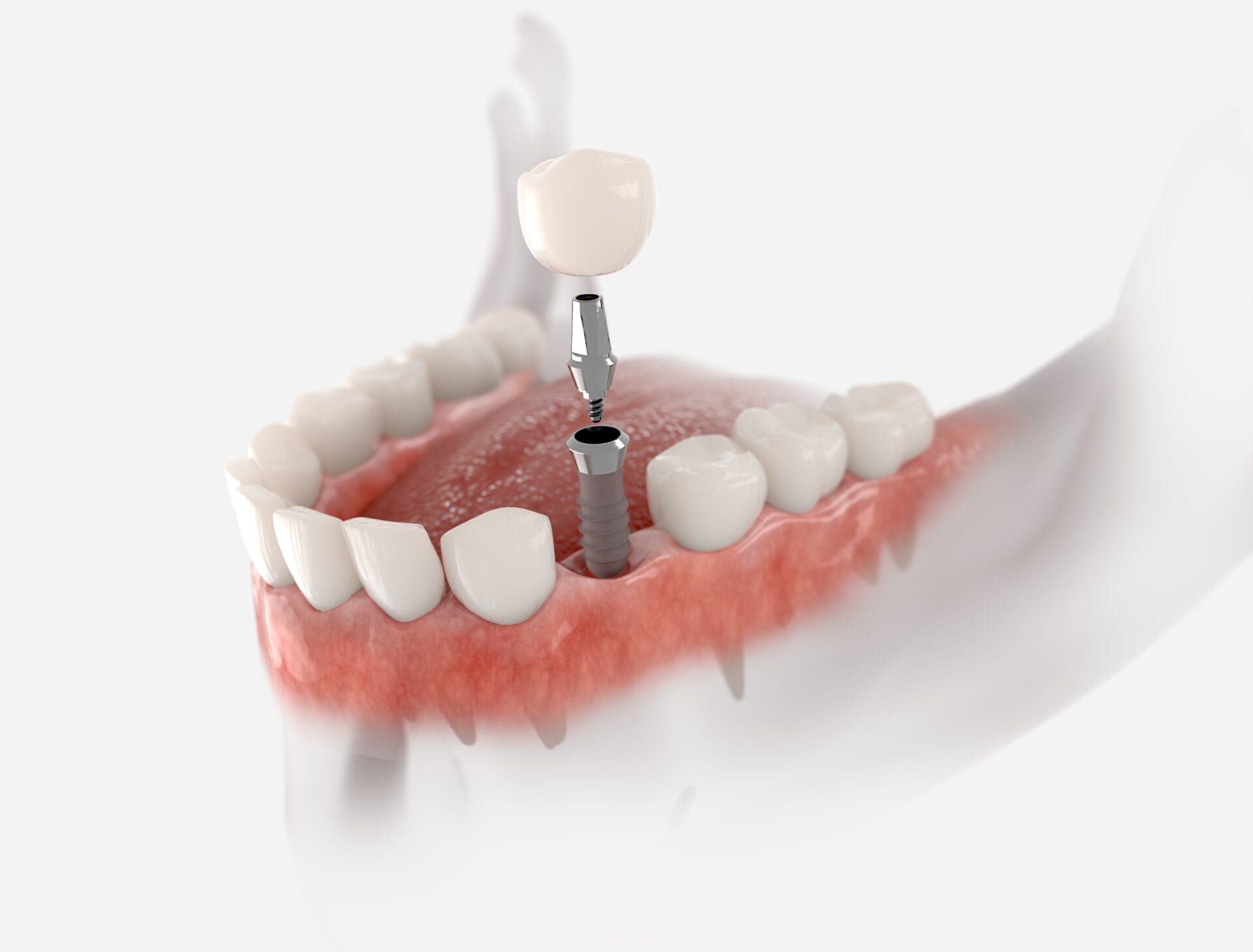Restore Performance and Aesthetics: Dental Implants Kent Solutions
Restore Performance and Aesthetics: Dental Implants Kent Solutions
Blog Article
Experience the current Technologies in Oral Implants Technology
As the field of dentistry proceeds to evolve, the improvements in dental implant modern technology have been absolutely nothing brief of amazing. From making use of sophisticated products that improve toughness to the implementation of electronic imaging for exact placement, these technologies are changing the landscape of dental treatment. With minimally intrusive medical methods and the modification capacities of 3D printing, individuals now have actually access to customized options that were once unimaginable. The integration of technology is revolutionizing the performance of dental implants, assuring improved results and individual fulfillment.
Advanced Products for Boosted Durability
In the realm of dental implants innovation, the assimilation of sophisticated materials has actually substantially added to enhancing toughness and long life of these essential oral prosthetics. The utilization of materials such as titanium alloys, zirconia, and ceramic substances has actually reinvented the field by offering enhanced resistance, stamina, and biocompatibility to deterioration.
Titanium alloys are commonly made use of in dental implants because of their extraordinary strength-to-weight proportion, deterioration resistance, and compatibility with the human body. These alloys guarantee the stability and longevity of the dental implant by holding up against the pressures applied throughout speaking and eating, offering a trustworthy solution for patients looking for sturdy tooth replacements.
Zirconia, a type of ceramic material, has gotten popularity for its biocompatibility and all-natural tooth-like look. Its high stamina and resistance to use make it a suitable choice for oral crowns and bridges, improving the general aesthetics and performance of the implant.

Digital Imaging for Precise Positioning
The development of dental implants technology has better advanced with the combination of electronic imaging techniques, ensuring precise placement of these prosthetics for optimum useful and visual outcomes. Digital imaging plays a critical role in the planning and positioning of dental implants by supplying comprehensive 3D photos of the individual's jawbone structure. This technology permits dental professionals to analyze bone thickness, situate crucial frameworks, and prepare the precise setting and angle for dental implant placement with exceptional accuracy.
By utilizing digital imaging, dentists can create digital surgical overviews that function as a roadmap throughout the implant placement procedure. These overviews are customized for each and every patient, taking into consideration their special makeup and the desired result. This level of accuracy not just improves the success rate of dental implant treatments yet additionally decreases the risk of difficulties.
Furthermore, electronic imaging allows dentists to envision the final prosthetic reconstruction before the real placement of implants, enabling for precise planning and making sure that the result fulfills the patient's aesthetic assumptions. On the whole, the integration of digital imaging modern technology has reinvented the area of dental implants, offering people a more foreseeable, effective, and patient-specific treatment method.

Minimally Intrusive Surgical Methods


Developments in medical techniques have actually caused the growth of minimally invasive methods in the field of dental implantology. These methods intend to decrease trauma to the client, shorten recuperation times, and enhance overall treatment results. Minimally intrusive surgeries include smaller lacerations, specialized instruments, and advanced imaging innovations to precisely put dental implants with minimal disruption to bordering tissues.
One key aspect of minimally invasive methods is the use of guided surgical procedure, where 3D imaging and computer-aided design software are used to prepare the dental implant positioning with great accuracy. This enables for a more foreseeable result and can frequently eliminate the need for comprehensive flap surgical procedure.
Furthermore, advancements in products and implant style have likewise contributed to the success of minimally invasive techniques. Implants with enhanced Recommended Site surface area properties advertise quicker osseointegration, lowering the recovery time required prior to the prosthetic restoration can be placed.
3D Printing for Custom-made Solutions
Utilizing 3D printing technology in dental implantology permits the production of highly tailored options tailored to individual patient demands and anatomical variations. This sophisticated innovation allows oral specialists to design and fabricate oral implants with phenomenal precision and accuracy. By making use of digital imaging methods, such as cone beam of light computed tomography (CBCT), in-depth 3D models of the patient's dental cavity can be produced to assist the dental implant preparing process.
Among the crucial benefits of 3D printing in oral implantology is the capability to create patient-specific implants that perfectly fit the special composition of each person. This customized strategy aids improve the general success and longevity of the implant by making sure ideal fit and positioning. In addition, 3D printing permits the production of complex geometries and elaborate frameworks that would certainly be challenging or difficult to accomplish using conventional manufacturing techniques.
Furthermore, 3D printing modern technology allows dental practitioners to improve the implantation procedure, minimizing surgical treatment time and enhancing total person experience. With its capability to develop customized options promptly and effectively, 3D printing is reinventing the field of dental implantology, offering individuals ingenious treatment choices and boosted results.
Integrated Technology for Improved Functionality
Executing innovative innovation in dental implantology improves performance and accuracy, raising the criterion of care for people Read Full Article undergoing dental implant procedures. Integrated modern technology plays an important role in improving the overall success and toughness of oral implants. One key innovation is the combination of electronic scanning and imaging technologies, such as cone-beam calculated tomography (CBCT) and intraoral scanners. These devices permit for comprehensive 3D imaging of the individual's dental structures, promoting accurate treatment planning and dental implant positioning.
Furthermore, the integration of computer-aided style and computer-aided manufacturing (CAD/CAM) innovation makes it possible for the development of custom dental implant repairs with extraordinary precision. CAD/CAM systems use electronic perceptions to design prosthetics that perfectly fit the individual's special makeup, guaranteeing ideal convenience and performance. In addition, the use of robotic-assisted surgical treatment in dental implant positioning boosts precision and minimizes the danger of human error.
Final Thought
In verdict, the current technologies in oral implants modern technology offer enhanced longevity via sophisticated products, precise placement with electronic imaging, minimally intrusive surgical techniques, tailored remedies with 3D printing, and improved performance with incorporated innovation - Dental implants Kent. These advancements in dental implants technology are transforming the area and offering people with more efficient and efficient treatment alternatives for recovering their smiles and dental health
The assimilation of modern technology is Recommended Site revolutionizing the functionality of oral implants, assuring improved outcomes and patient satisfaction.
The development of oral implants innovation has actually better advanced with the integration of electronic imaging techniques, making sure accurate positioning of these prosthetics for optimum useful and visual outcomes. Minimally intrusive medical treatments include smaller lacerations, specialized tools, and progressed imaging technologies to exactly position dental implants with marginal disturbance to surrounding tissues.
Implementing cutting-edge technology in dental implantology enhances capability and accuracy, raising the criterion of care for patients undergoing dental implant procedures. Dental implants Kent. Integrated innovation plays a vital duty in improving the general success and longevity of dental implants
Report this page